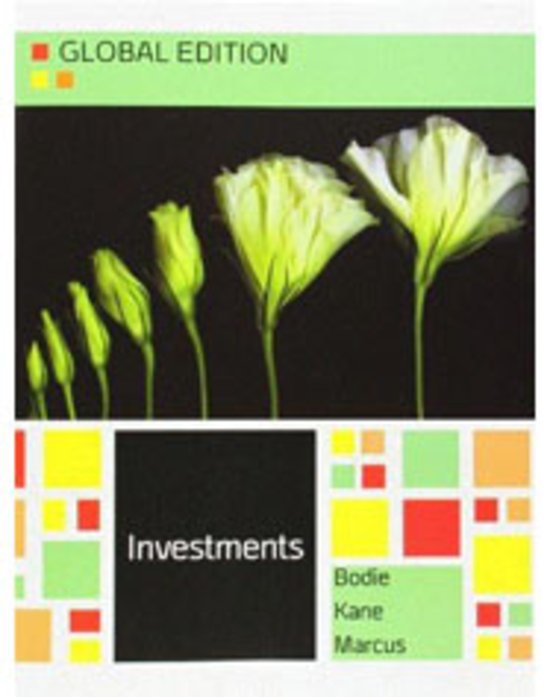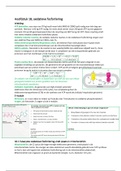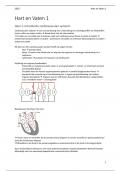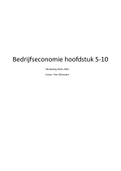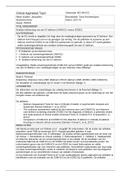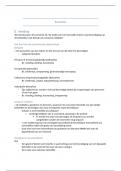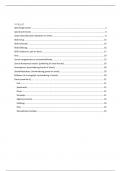Chapter 1: The Investment Environment
An investment is the current commitment of money or other resources in the expectation of
reaping future benefits.
1.1.Real assets vs. financial assets
Real assets: land, buildings, machines, and knowledge that can be used to produce goods and
services.
Financial assets: Securities which are no more than sheets of paper of computer entities and
they do not contribute directly to the productive capacity of the economy. Instead, there assets
are the means by which individuals in well-developed economies hold their claims on real
assets. So, if we cannot own our own auto plant (real asset), we can have are claim on Ford
through shares (financial asset). This financial asset for me is a liability for Ford.
1.2.Financial assets
It is common to distinguish between three broad types of financial assets: fixed income, equity
and derivatives.
Fixed income (or debt securities): promise either a fixed stream of income or a stream of
income determined by a specified formula (e.g. corporate bond).
Equity: represents an ownership in the corporation. Equityholders are not promised any
payment, they receive dividends the firm may pay. If the firm is successful, the value of equity
will increase. If not, it will decrease. Riskier than investments in debt securities.
Derivative securities: options and future contracts e.g. provide payoffs that are determined by
the prices of other assets such as bond or stock prices. Primary target of these is to hedge risks
or transfer them to other parties.
1.3.Financial markets and the economy
Stock prices reflect investors’ collective assessment of a firm’s current performance and future
prospects. When the market is optimistic about the firm, its share price will rise.
Also, financial markets allow individuals to smooth consumption over time and to allocate risk.
Furthermore, agency problems (managers pursuing their own interests), may be mitigated by
financial markets (think of threat of takeover).
We’ve argued that securities markets can play an important role in facilitating the deployment
of capital resources to their most productive uses. But market signals will help to allocate
capital efficiently only if investors are acting on accurate information. We say that markets
need to be transparent for investors to make informed decisions. If firms can mislead the public,
much can go wrong.
1.4.The investment process
An investor’s portfolio is his collection of investment assets. Once the portfolio is established,
it is updated or rebalanced by selling existing securities and using the proceeds to buy new


